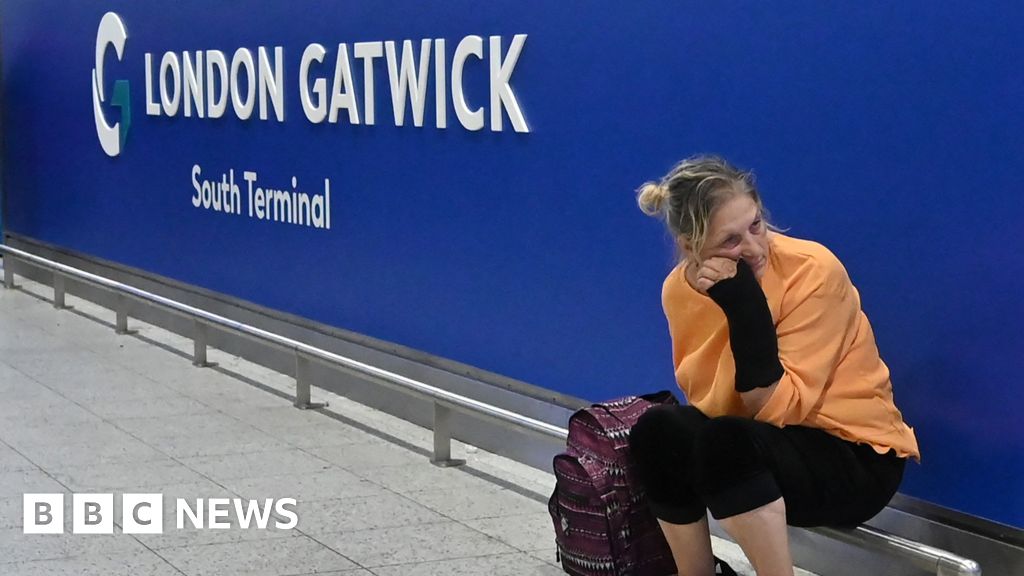This Gucci heir wants to build a luxury brand for the 21st century
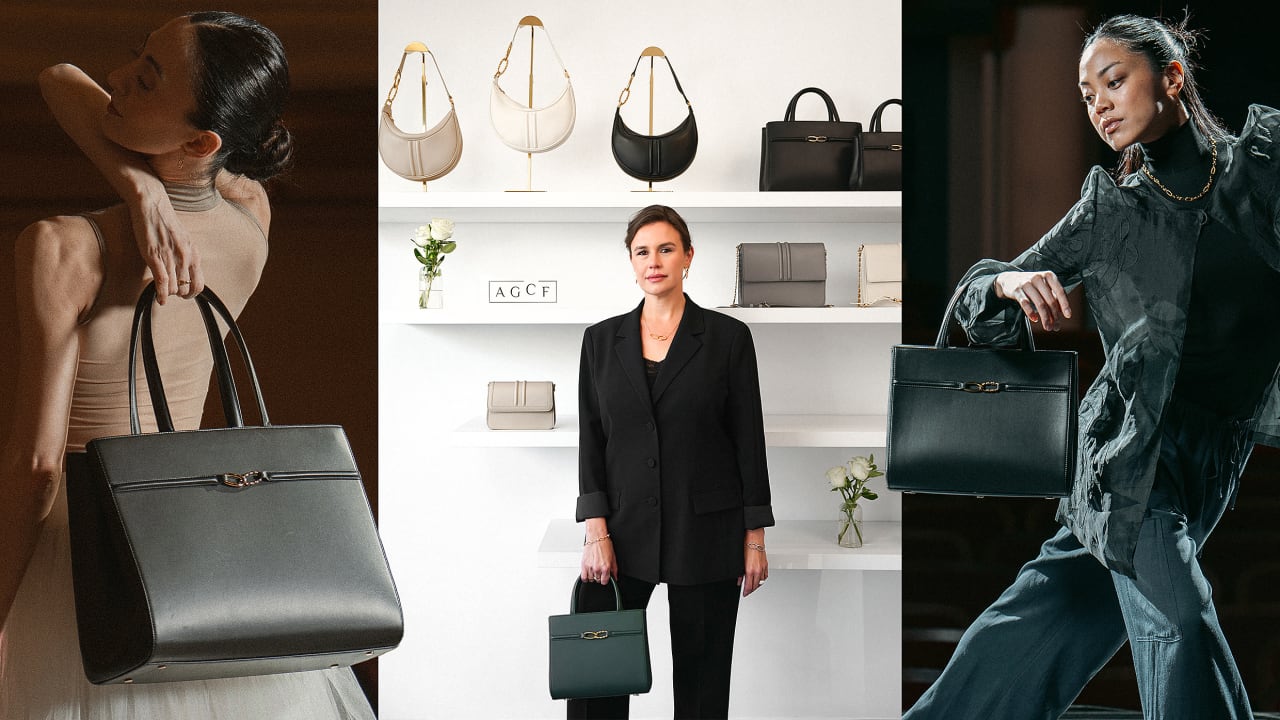
A century ago, Guccio Gucci opened a boutique in Florence, Italy, that sold high-end leather luggage to well-heeled travelers. He infused his brand with all kinds of unique design elements that would become iconic, including the double-G insignia and bamboo handles. Guccio’s oldest son, Aldo, would go on to transform the label into one of the best-known luxury brands in the world, alongside Chanel, Louis Vuitton, and Prada.
Aldo’s granddaughter, Alexandra Gucci Zarini, heard a lot about the origins of her family’s business around the dining table when she was growing up. She wanted to follow in her great-grandfather’s footsteps by becoming a fashion designer. But by the time she was in design school, the Guccis no longer controlled their namesake brand. In 1993, the family sold its stake to a Bahrain-based company that took it public. By 1999, the French luxury conglomerate Kering (formerly Pinault-Printemps-Redoute) had acquired a controlling 42% stake in Gucci for $3 billion. Within five years, that stake grew to 99.4%.
“I wanted to be just like my grandfather,” Zarini says. “I wanted to create something long-lasting and meaningful. But my family wasn’t involved in the company anymore and so I went on with my life.”
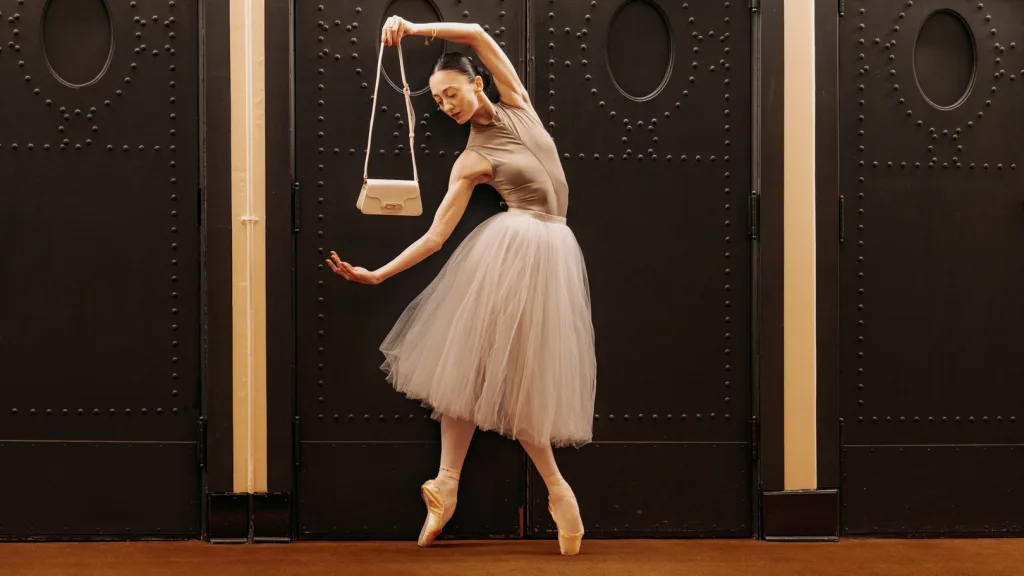
Zarini went on to do other things, including working at a family office and an art gallery, before becoming a stay-at-home mother. But two years ago, Zarini decided it was finally time for her to rekindle her dream: She cofounded her own handbag brand, called AGCF (which stands for Alexandra Gucci Creative Framework) with her husband, Josef Zarini. It produces luxury handbags priced between $1,000 and $3,000, along with small leather goods and jewelry. She launched her newest handbag collection, which features structured silhouettes that are subtly reminiscent of her great-grandfather’s original designs, earlier this spring.
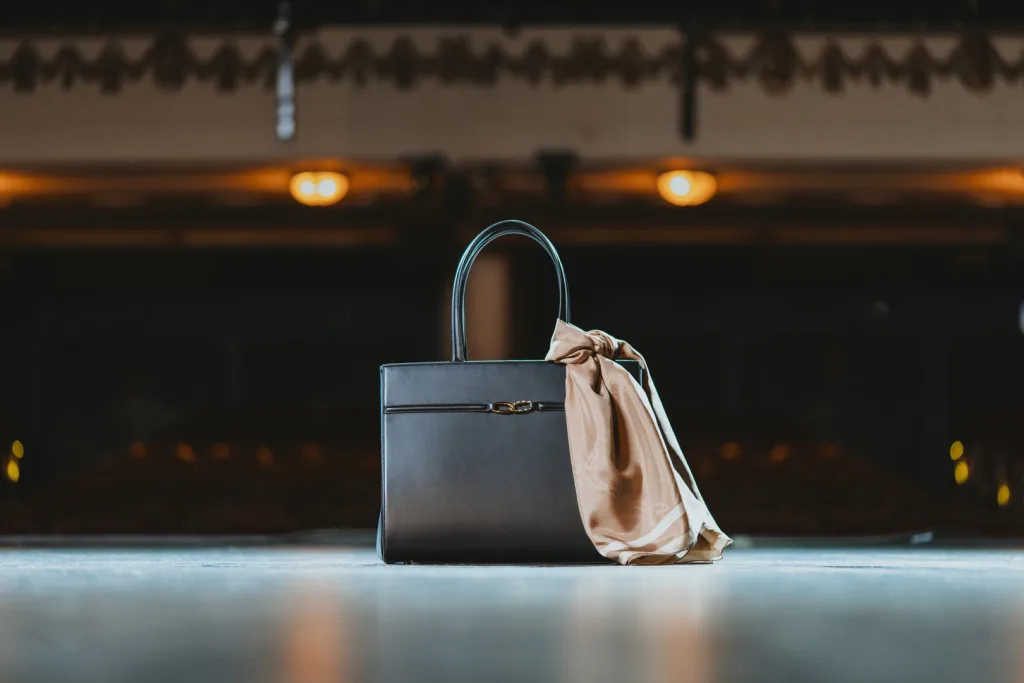
In many ways, the past two years have been a chance for Zarini and her husband to test the waters with their nascent brand—and now they’re ready to scale. They’re beginning to explore partnerships with department stores and other retailers around the world. Zarini’s goal is to appeal to a new kind of luxury customer, one who prefers quiet luxury to big brands. But there are also some customers who long for the old Gucci and are drawn to AGCF’s design language. “There’s a little hint of Gucci there, but it’s also a distinctly different brand,” Zarini says. “It’s a brand reimagined for today.”
And indeed, AGCF provides luxury shoppers an alternative to Gucci, which is currently on a downward spiral. Last year, Gucci revenue declined by 23% from the year before to $8.6 billion. This weakened Kering’s earnings, which were down 12% to $17.8 billion. This year, Gucci’s first-quarter sales continued to tumble by 25%. In March, Gucci announced that it had appointed Demna, the creative director of Balenciaga for the past 10 years, to become its new artistic director, starting in July 2025. Given that Demna is known for pursuing the avant-garde, rather than the traditional, AGCF may offer a compelling option to fans of old-school Gucci.
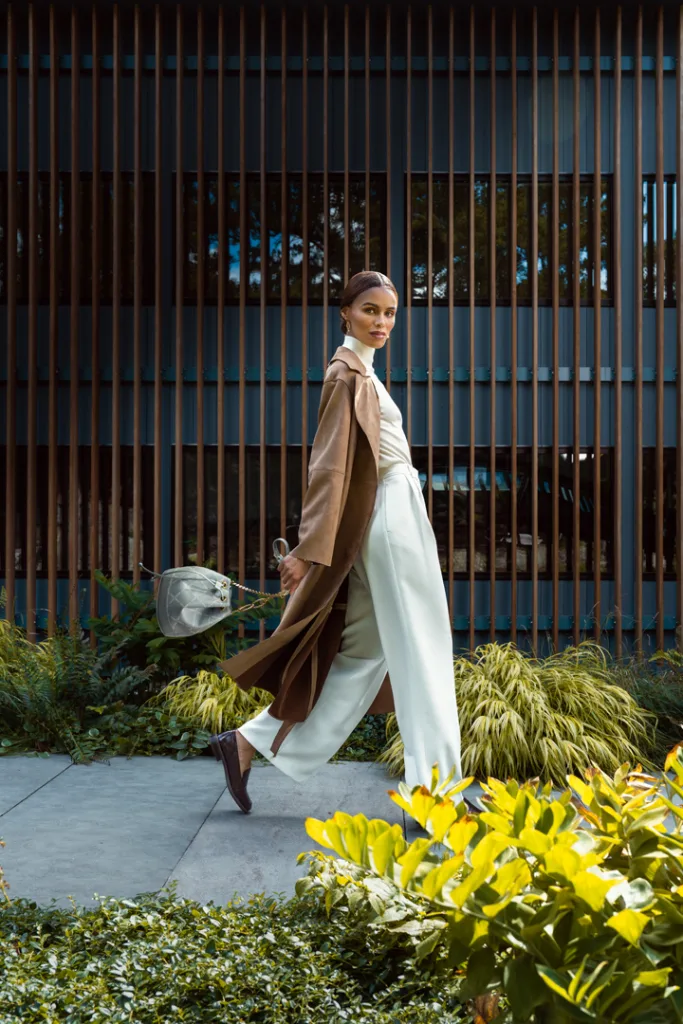
A 21st-Century Label
Over the decades, there were others in the Gucci family who launched their own fashion lines, including two of Aldo’s sons, Giorgio and Paolo, in the 1960s and 1970s. (Those brands were ultimately absorbed into the Gucci Group and acquired by Kering.) But Zarini’s vision for her brand is different from those of her uncles.
Zarini realized she had the opportunity to think about what would be different if Guccio Gucci had founded his brand today, and recognizes that the 21st-century consumer expects different things from luxury brands. For one thing, the planet wasn’t in crisis a century ago, so Gucci wasn’t built on sustainable principles. Conversely, Zarini has built AGCF with a focus on more eco-friendly materials and manufacturing processes. The brand sources its leather from a tannery in Florence that is audited by the Leather Working Group, and its small jewelry collection is made using recycled metals and lab-grown diamonds.
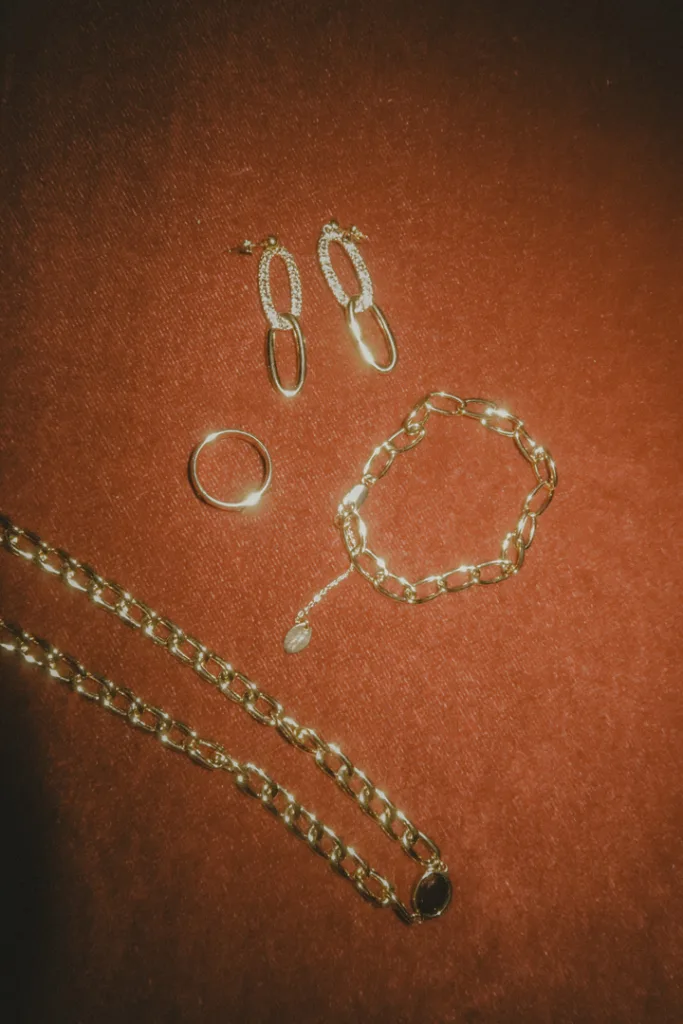
We also live in an era of fast fashion, where trends shift quickly, creating a culture of overconsumption that is bad for the environment. Even luxury brands are guilty of cultivating trends to encourage people to buy more and more. Zarini has focused on designing bags that are minimal and classic, so they don’t go out of style. “Even the colors are going to stay the same,” she says. “Our goal is to create products that could have been worn 30 years ago and you’ll still wear 30 years from now.”
More importantly, Zarini wants her brand to be associated with a social cause. She has spent her life focused on fighting against the exploitation of children. Zarini herself is a survivor. In 2020, she brought a lawsuit against three of her family members, describing years of sexual abuse perpetrated by her former stepfather, Joseph Ruffal, and complicity from her mother and grandmother.
Zarini wants to use AGCF as a platform for raising awareness about child abuse. AGCF was founded as a B Corporation, and it donates 20% of its profits to support grassroots charitable organizations that are committed to advocating for children. She believes a fashion brand is a particularly good vehicle for telling this story because it’s also part of an industry that exploits children. “We know that the fashion industry relies on child labor,” she says. “And young models are taken advantage of.”
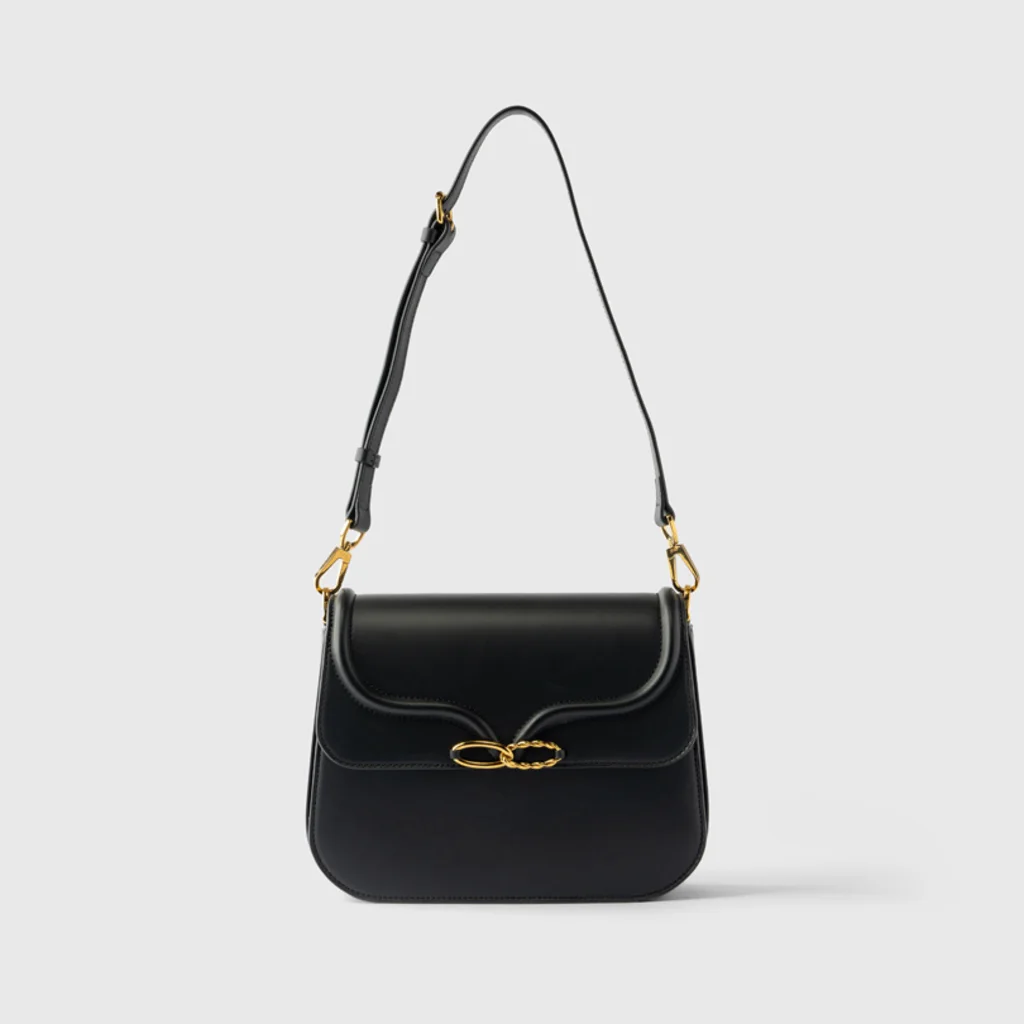
Paying Homage to Aldo Gucci
Zarini is building a luxury brand for the 21st century. Even so, she’s still deeply inspired by her great-grandfather’s work, and her products have silhouettes and motifs that are distantly related to the Gucci archives. AGCF seems designed to appeal to Gucci fans who are more drawn to the brand’s heritage than to what it has become in recent years. “There’s a subtle hint of heritage there,” Zarini says. “It ties back to my grandfather.”
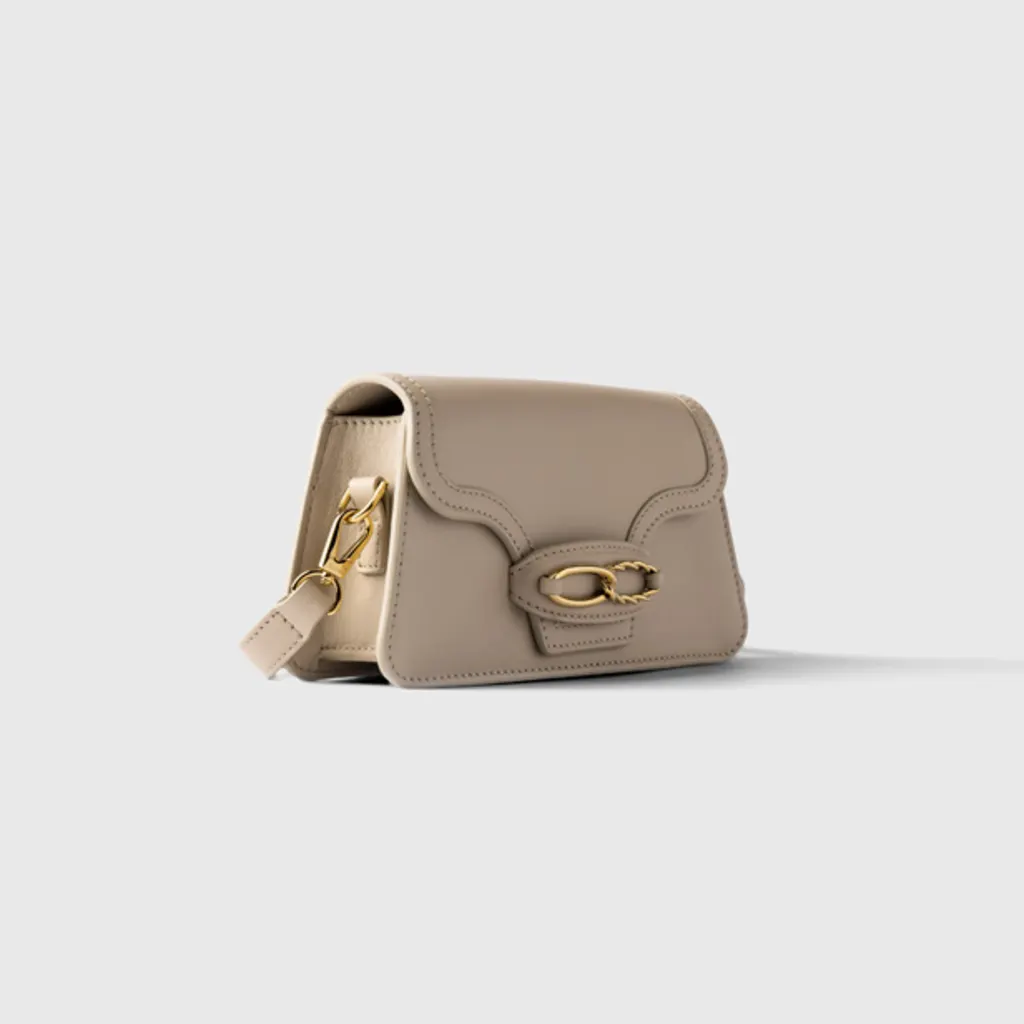
Zarini has created simple, structured silhouettes for her bags, some of which are reminiscent of classic Gucci pieces. The rounded shape of the Ascot bag, for instance, is similar to Gucci’s bamboo handle bag that was launched in 1947. The Chelsea crossbody bag has a trapezoid shape that is similar to the Gucci horsebit bag that came out in 1955. “If you look from afar, you might see the Gucci vibe,” she says. “But I’m interested in bringing in that heritage without too closely mimicking it, because I don’t want to ride the coattails of the Gucci name.”
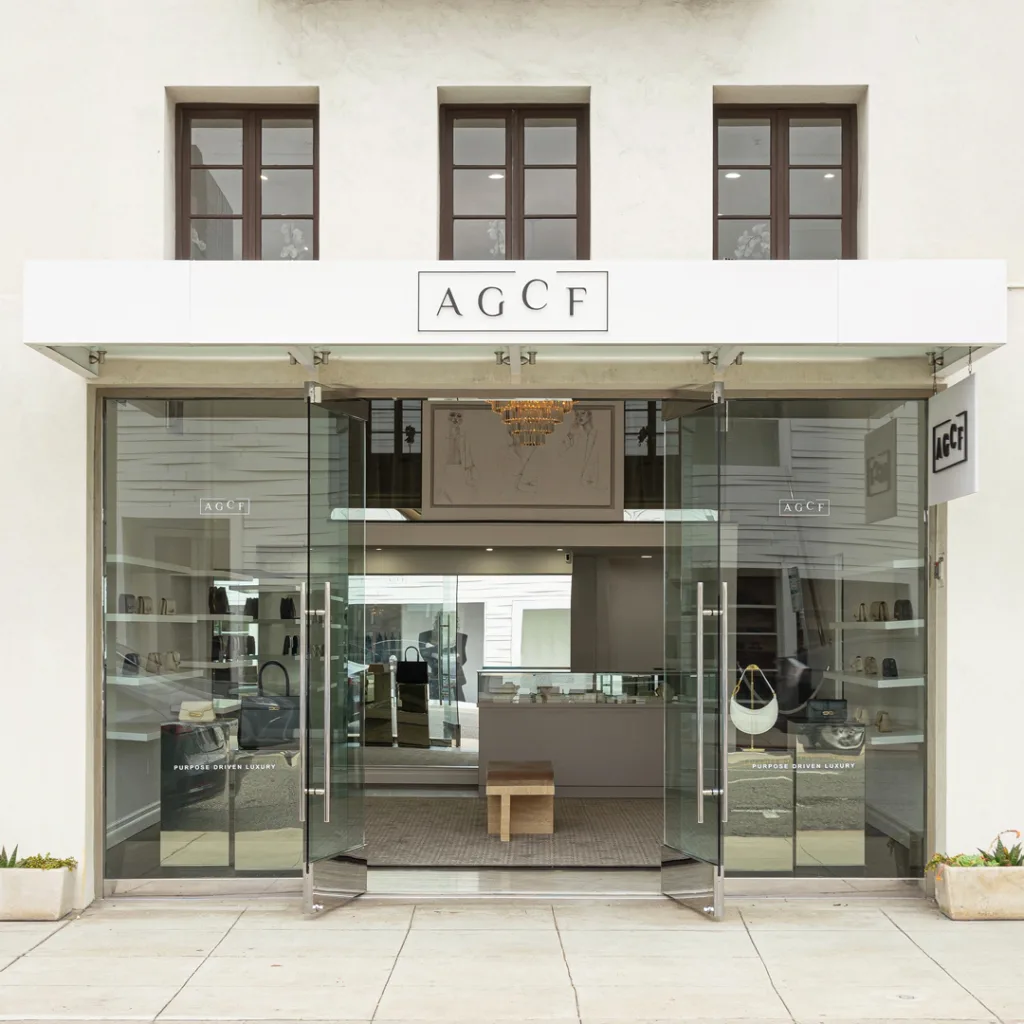
AGCF launched quietly two years ago. It sells its products online and from a storefront on Rodeo Drive. This is also a tribute to her grandfather, who first opened a store there in 1968. This was an important step for Gucci because it introduced Hollywood stars to the label, helping turn the brand into a global sensation. “Aldo Gucci was one of the first to open a store on Rodeo Drive, and turn the street into what it is today,” says Josef Zarini. “I think it’s important to remember him because he is a Gucci that the world doesn’t know very well.”
What's Your Reaction?
 Like
0
Like
0
 Dislike
0
Dislike
0
 Love
0
Love
0
 Funny
0
Funny
0
 Angry
0
Angry
0
 Sad
0
Sad
0
 Wow
0
Wow
0





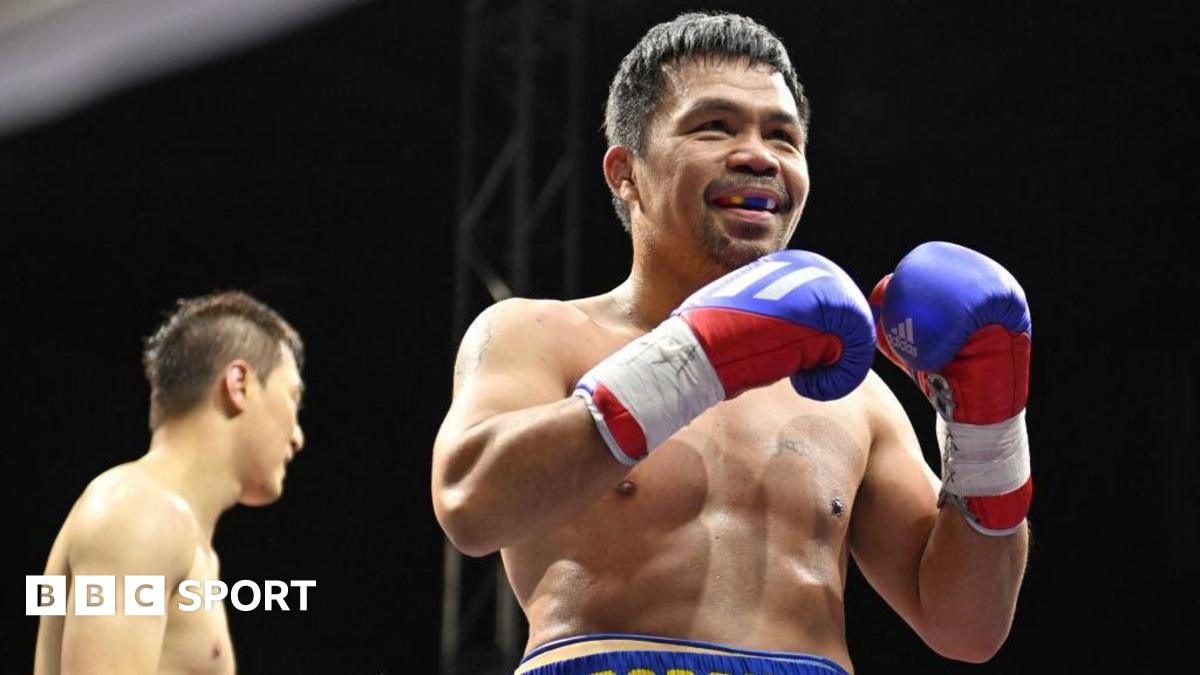
































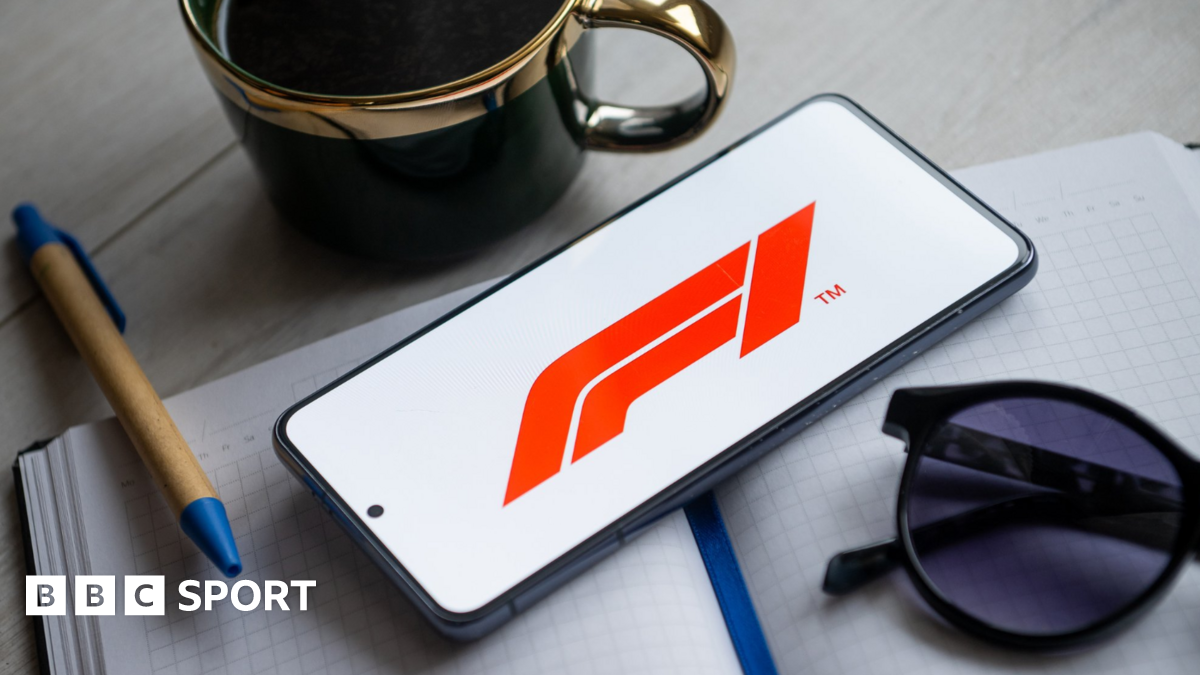
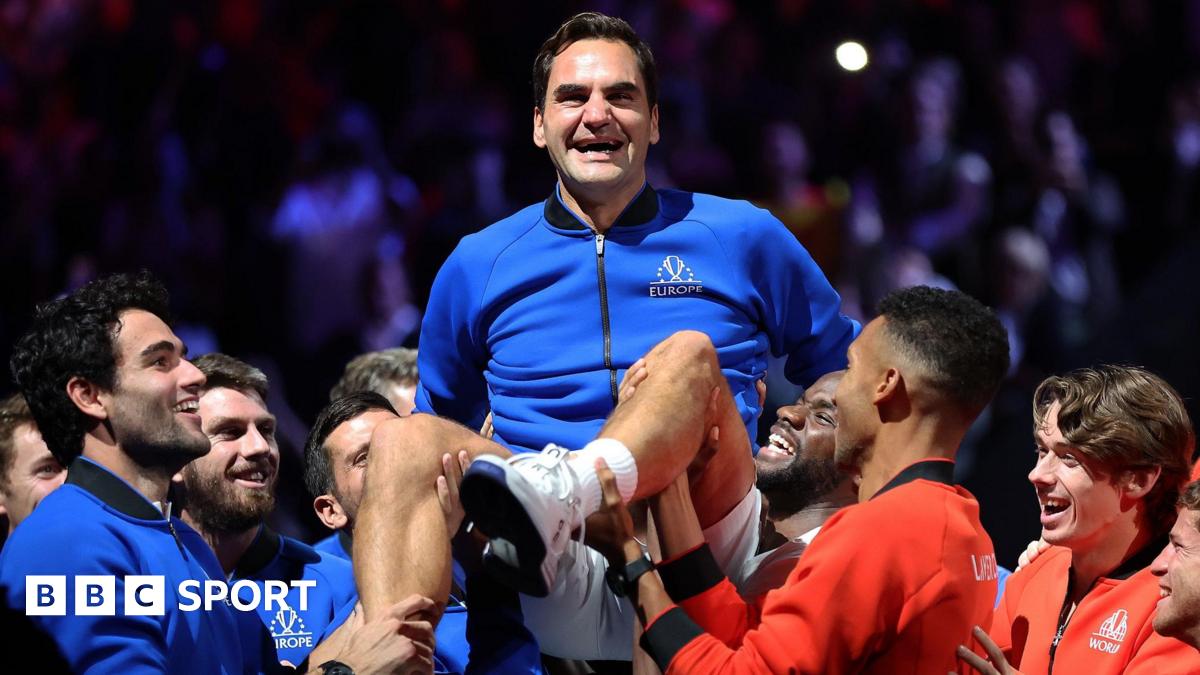


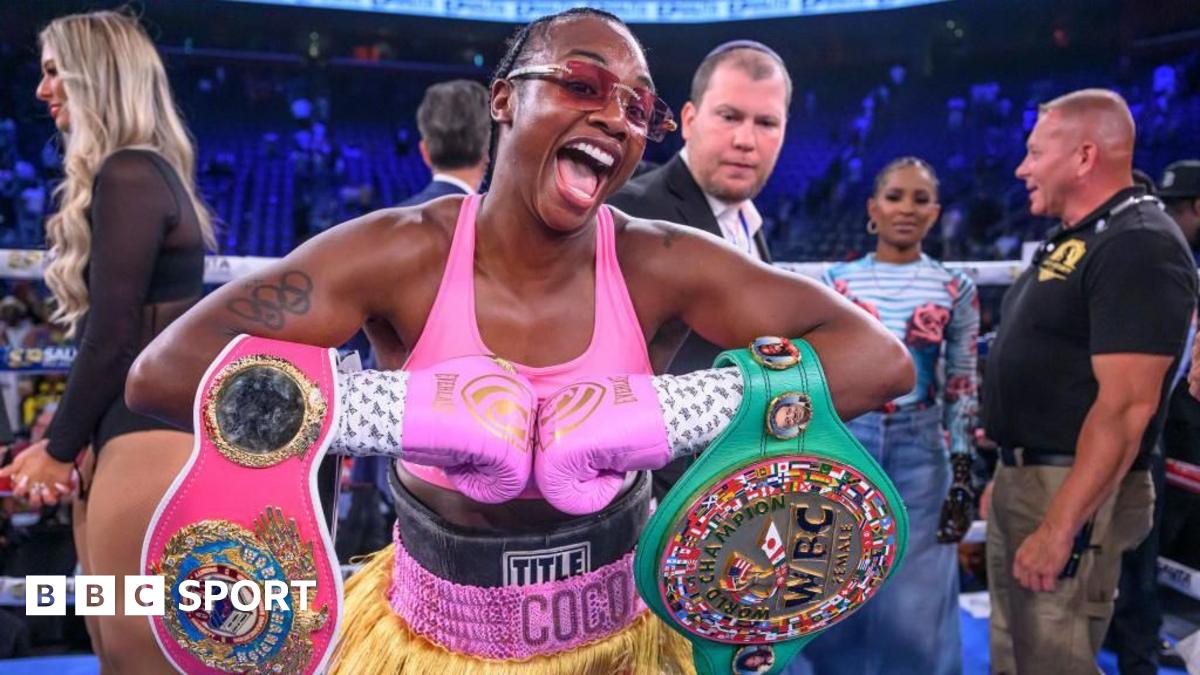
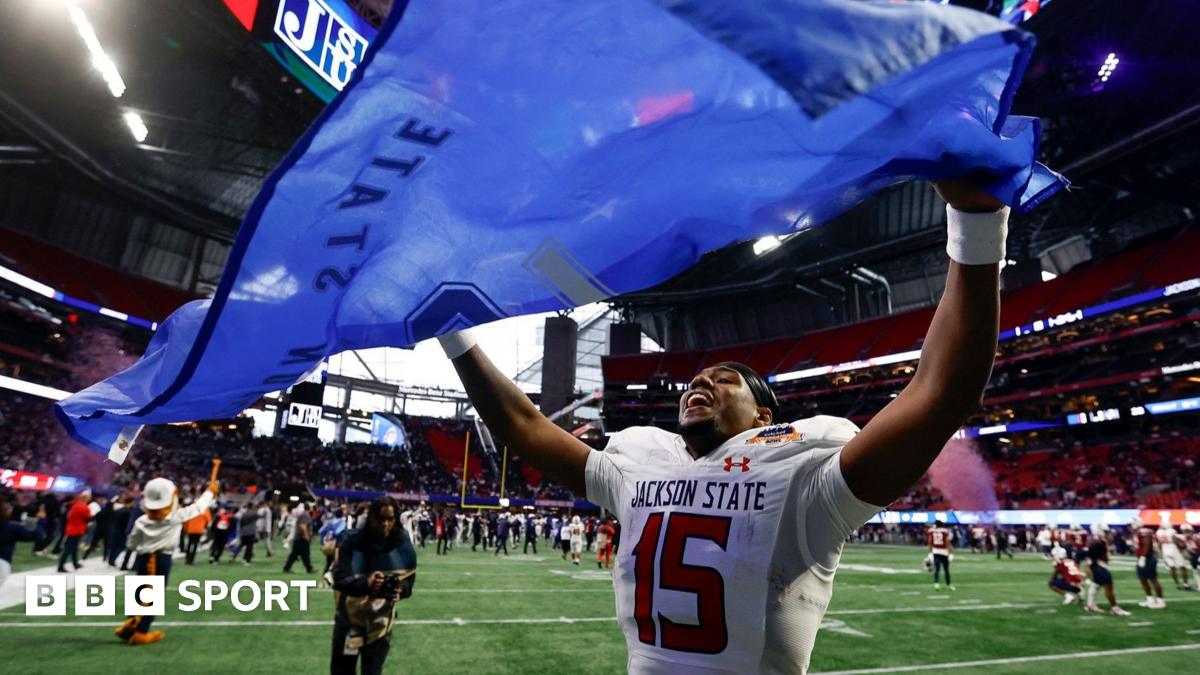
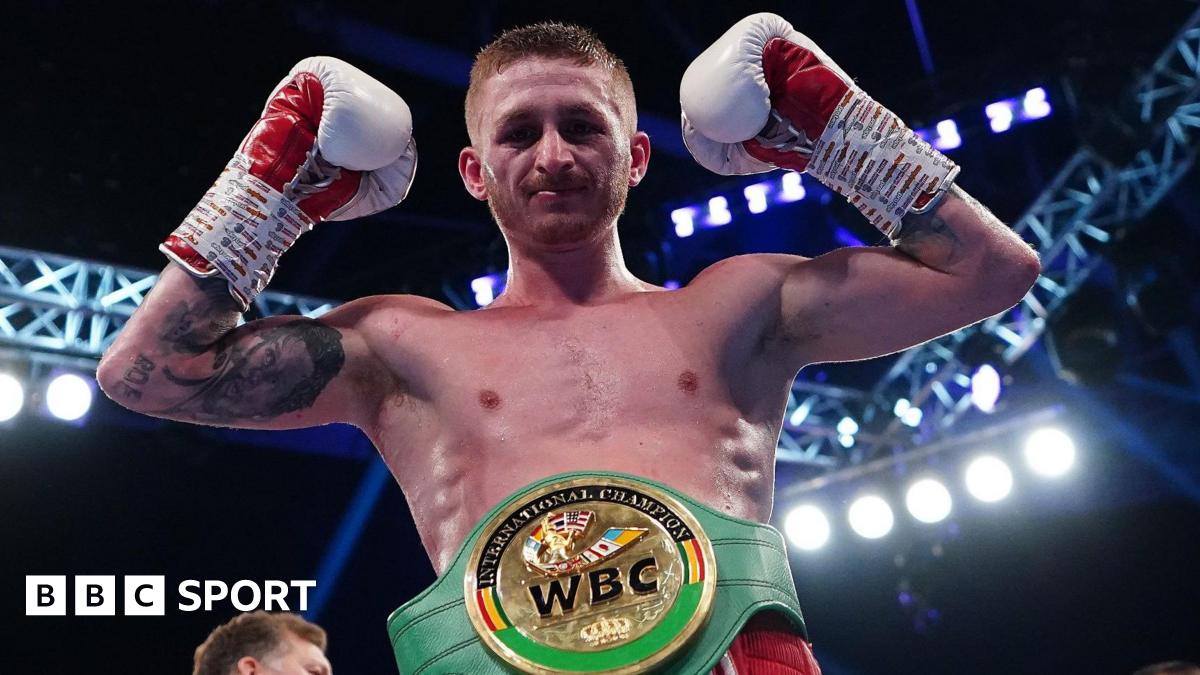






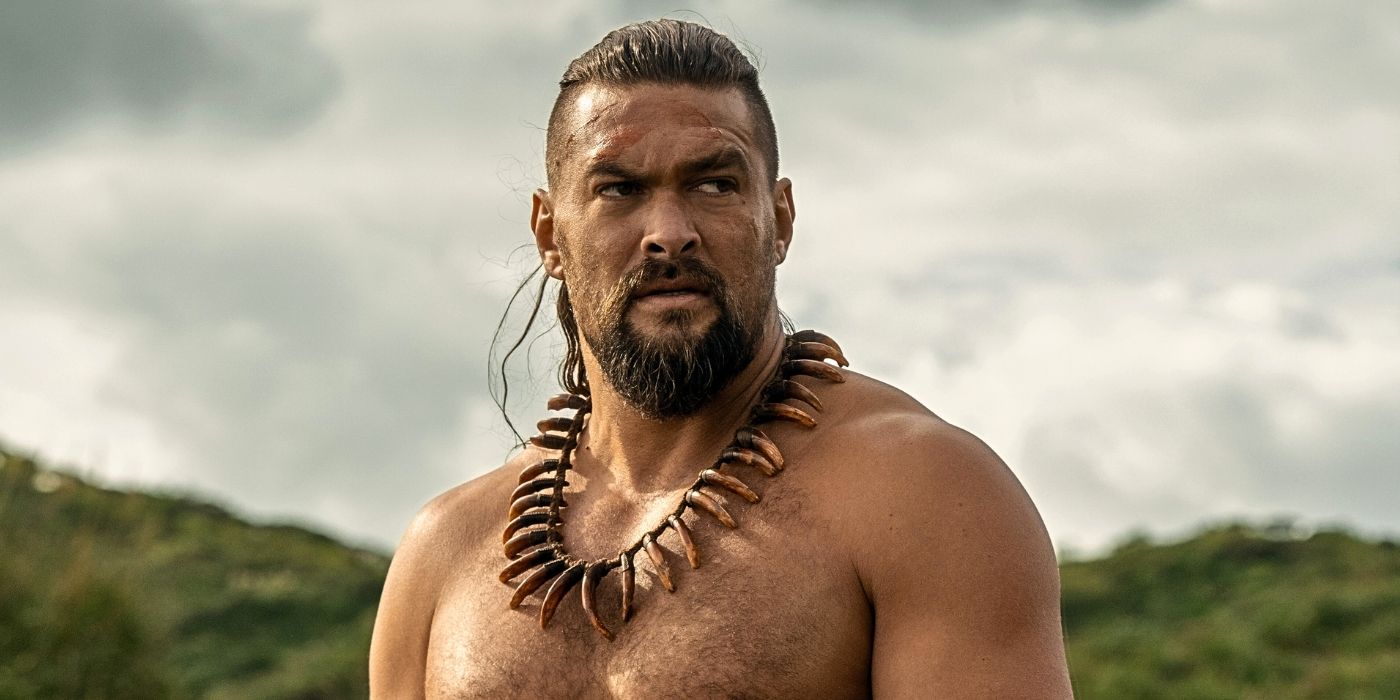
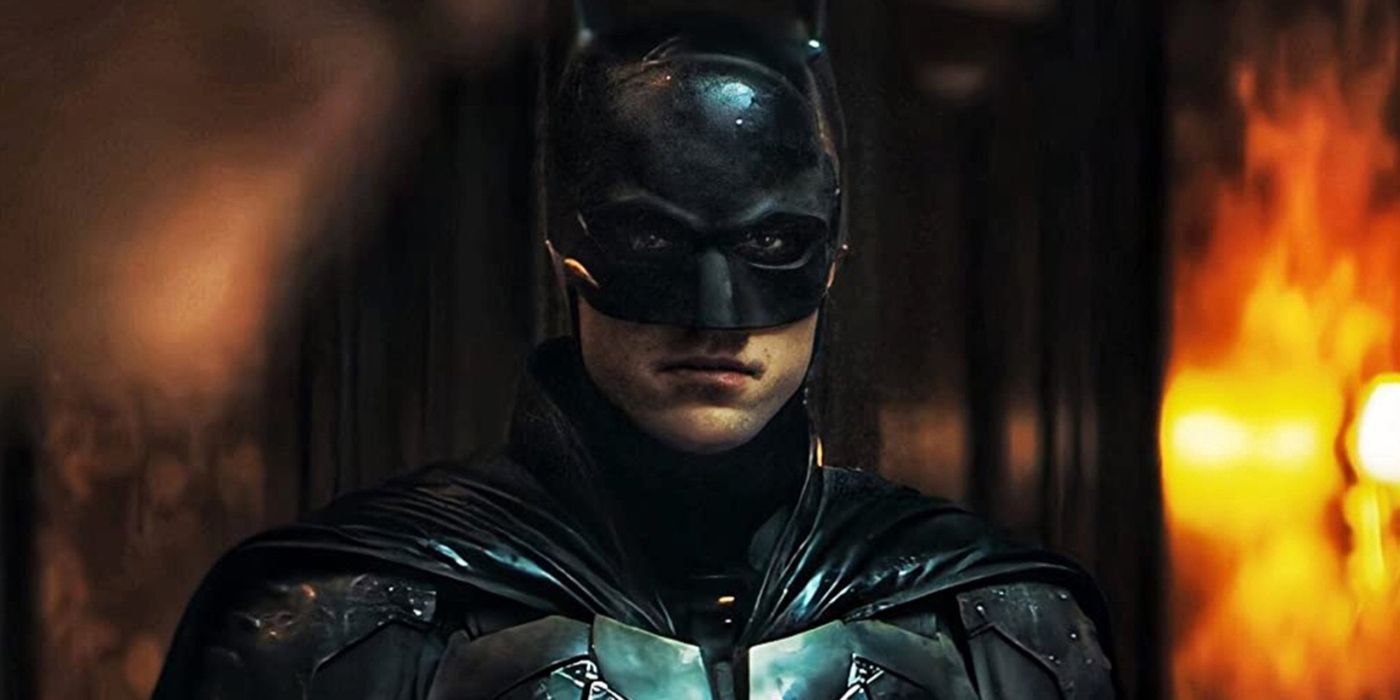
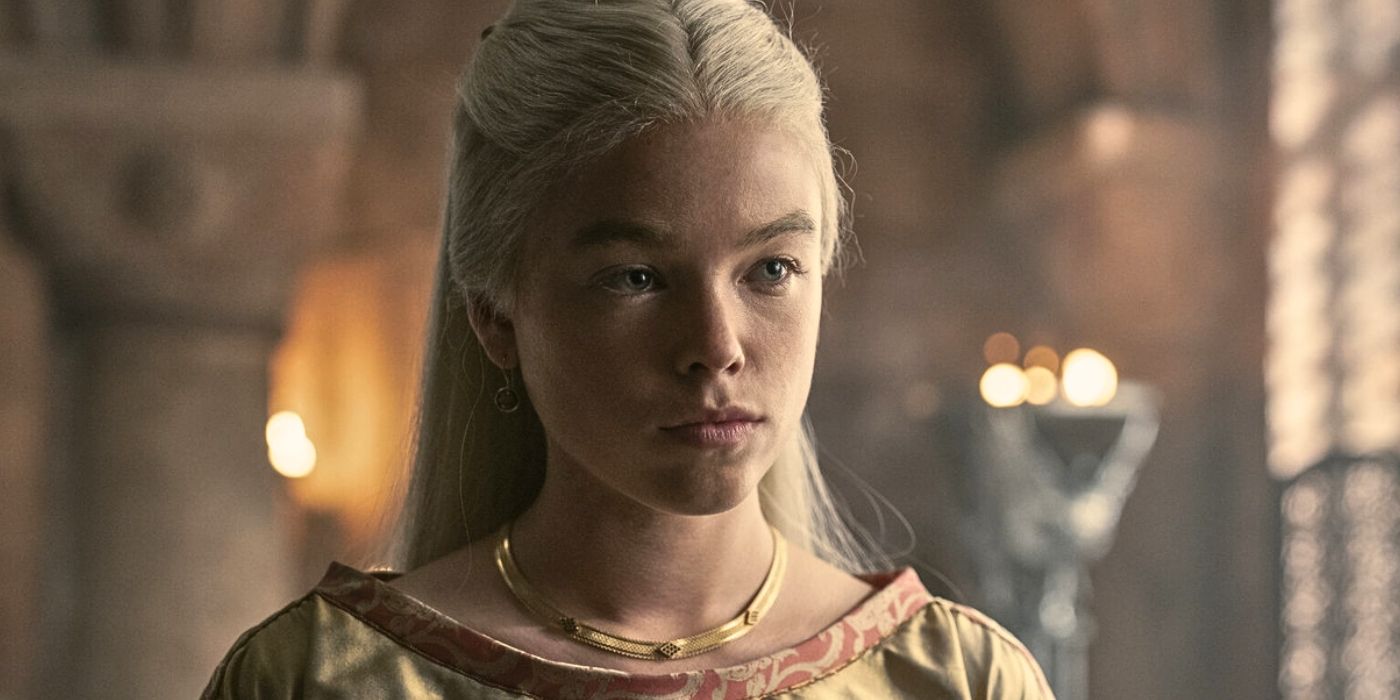


![FBI: Most Wanted’s Closure-Filled Series Finale Reveals a Pregnancy, a Big Career Move and a New [Spoiler]](https://tvline.com/wp-content/uploads/2025/05/fbi-most-wanted-series-finale.jpg?#)




























